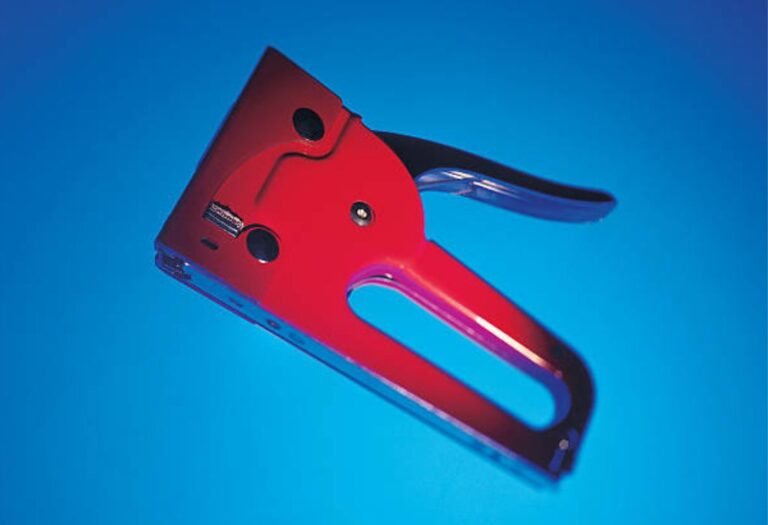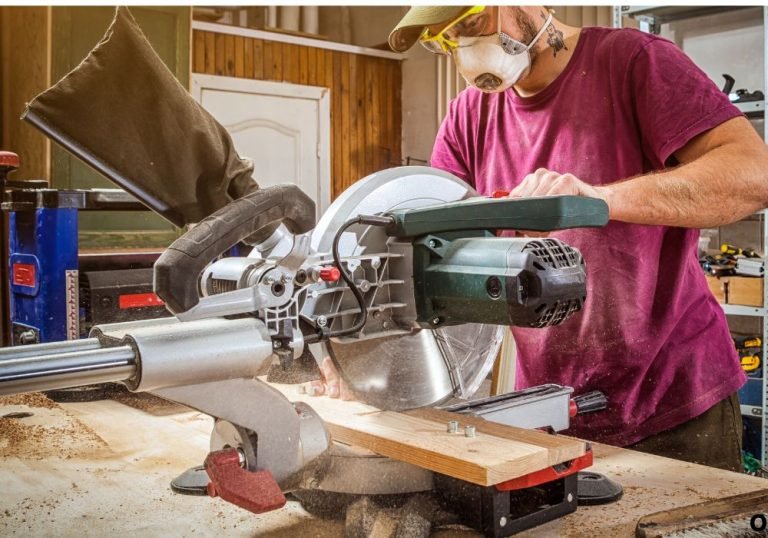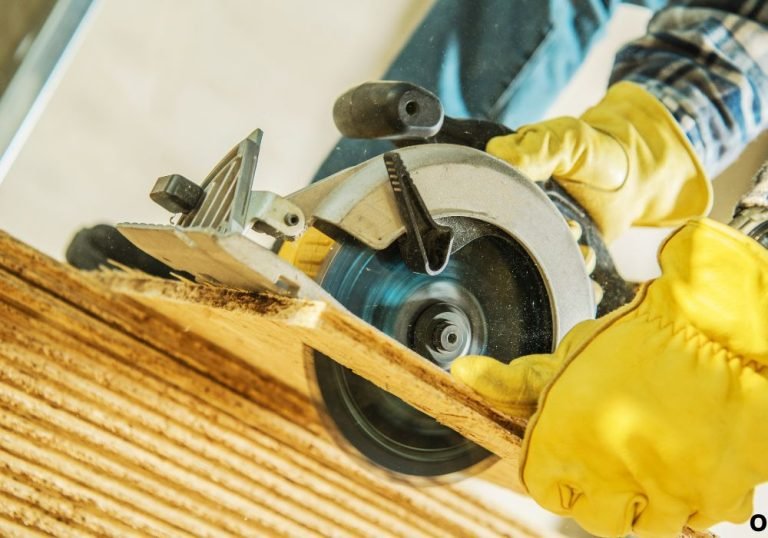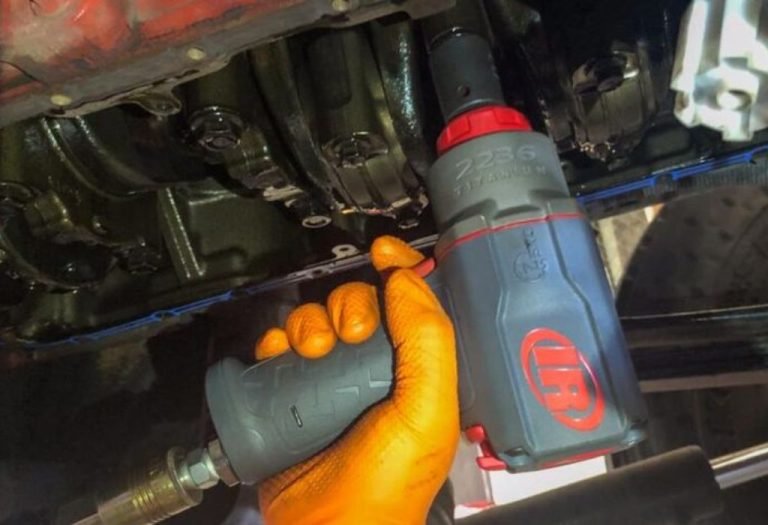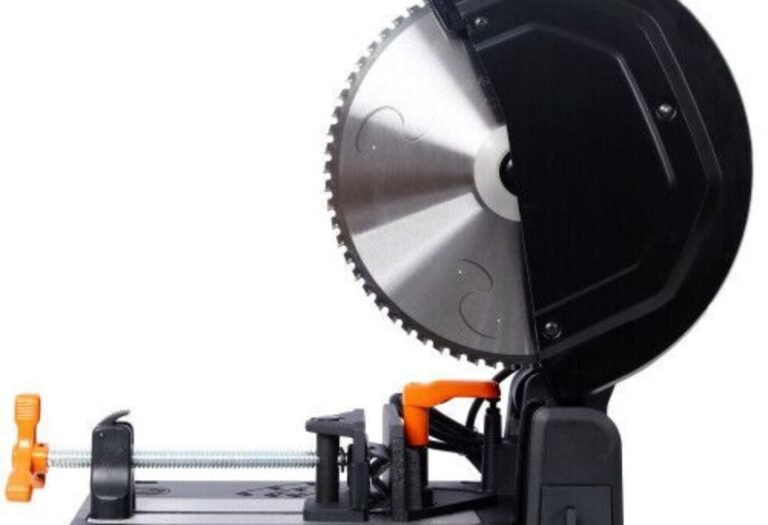How to Find Wall Studs in Plaster Walls: Easy Methods Explained
Hanging shelves, TVs, or cabinets on plaster walls can be frustrating when you can’t find the studs behind them.
Unlike drywall, plaster walls often include wooden lath strips that confuse stud finders and make detection difficult.
Drilling blindly risks cracking plaster, breaking tools, or failing to secure heavy objects safely.
Knowing how to find wall studs in plaster walls is essential for secure mounting and preventing costly wall damage.
Many standard electronic stud finders give false signals on old plaster walls, leaving homeowners guessing.
Alternative methods like tapping, measuring, and using magnets often work better for plaster construction.
According to the U.S. Census Bureau, more than 32 million homes in the U.S. were built before 1960, many with plaster walls still standing strong.
Why Finding Studs in Plaster Walls Is Difficult
Plaster walls pose a unique challenge because the material is much denser than drywall, and this density makes it far more difficult for stud finders and other tools to accurately detect what lies behind the surface.
The addition of wooden lath strips beneath the plaster adds another complication, as these thin wooden pieces often confuse sensors by creating false positives.
Electronic stud finders, which work well on drywall, often interpret the density of plaster as a stud, giving homeowners inaccurate results.
This means drilling based on those readings can lead to holes in the wrong places and unnecessary wall damage.
Another issue is that older homes were not always built to the same stud-spacing standards we use today, so relying on modern measurements like 16-inch spacing may not always work.
In fact, many older houses feature inconsistent spacing that can only be confirmed by physical testing or alternative detection methods.
Even traditional tapping methods can be misleading on plaster, because the thickness of the material distorts sound and makes it harder to tell the difference between hollow and solid areas.
This is why so many homeowners find locating studs in plaster walls far more difficult than working with drywall.
Why are studs harder to find in plaster?
Because plaster is denser and the lath strips behind it interfere with detection.
Are stud finders accurate on plaster?
Not always, as electronic models often give false readings.
Is plaster thicker than drywall?
Yes, plaster is usually at least ¾ inch thick, compared to ½ inch drywall.
Do older homes have consistent stud spacing?
No, many older homes have irregular spacing between studs.
Why not just guess?
Guessing can lead to cracked plaster, wasted effort, and missed studs.
Tools for Finding Studs in Plaster Walls
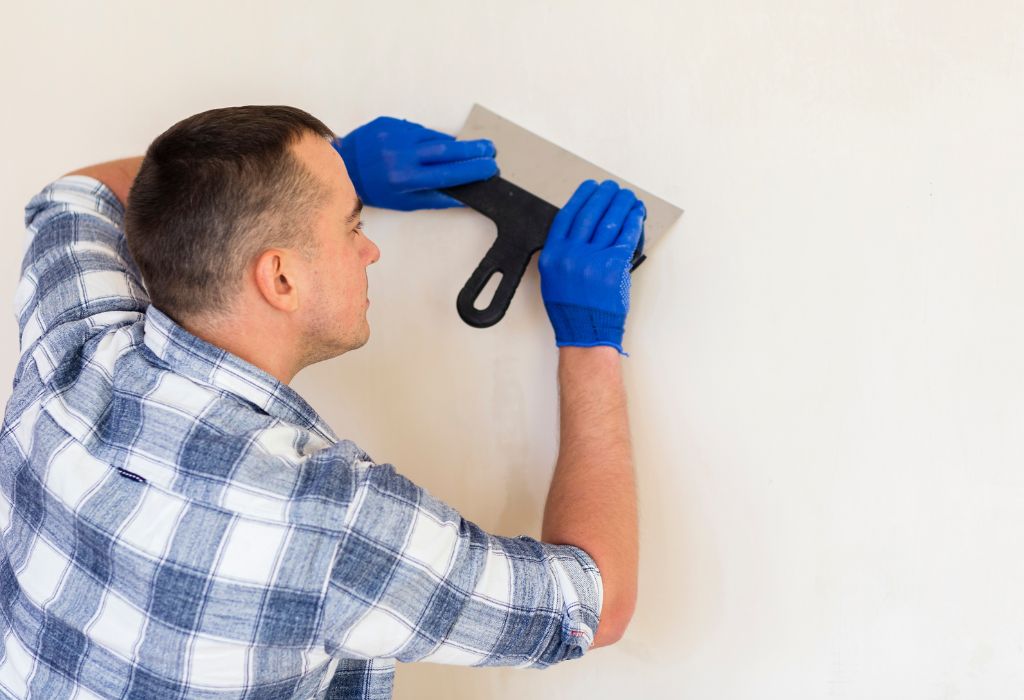
The most effective tools for locating studs in plaster walls are magnetic stud finders, which do not rely on sensors but instead detect the nails or screws fastened into the studs.
These tools are simple, inexpensive, and highly reliable for older homes where electronic stud finders often fail.
Electronic stud finders are still an option, but they require advanced deep-scan settings and even then may not provide accurate results on plaster walls.
Because of this, many professionals recommend using magnets instead of relying solely on electronic devices.
Rare earth magnets are particularly effective because of their strength.
When moved across a plaster wall, they can easily locate the nails holding lath strips to studs.
Other simple tools like flashlights and measuring tape can also be helpful, especially when combined with other methods.
For final confirmation, a small drill bit can be used to create a pilot hole and check for solid backing.
What is the best tool for plaster walls?
Magnetic stud finders or strong rare earth magnets.
Do electronic stud finders work?
Sometimes, but they often give false readings on plaster.
Are magnets safe for plaster?
Yes, they locate nails without causing any damage to the wall.
Can I use a drill to test?
Yes, drilling a small pilot hole is a safe way to confirm.
Do I need multiple tools?
Not always, but using a combination increases accuracy.
Methods to Locate Studs Without a Stud Finder
One of the simplest methods is to measure from a corner, since studs are usually placed at intervals of 16 or 24 inches apart, though in older homes the spacing may vary slightly.
By taking careful measurements and marking likely spots, you increase your chances of finding a stud on the first try.
Another common technique is tapping the wall and listening to the sound.
Solid areas often produce a dull thud, while hollow areas sound more echoey, though plaster’s thickness makes this method less reliable than with drywall.
Outlets and light switches are excellent guides because they are almost always attached to studs for support.
By removing the cover plate and measuring from the edge, you can often track the stud’s location across the wall.
Sliding a strong magnet across the surface is another foolproof approach.
When the magnet catches on a nail or screw, you’ve found a stud’s position.
How far apart are studs in plaster walls?
Typically 16–24 inches, though older homes may vary.
Can tapping really work?
Yes, but plaster can make it harder to distinguish the sounds.
Why check outlets and switches?
Because they are mounted securely to studs.
How do magnets help?
They find hidden nails driven into studs beneath plaster.
What if my wall is uneven?
Use multiple methods together for better accuracy.
Advanced Techniques for Stud Location
For homeowners who need higher accuracy, borescope cameras can be inserted through tiny holes to see behind the plaster directly.
These small cameras provide visual confirmation of stud placement without large amounts of damage.
Infrared thermometers can sometimes highlight differences in temperature where studs are present.
Wood holds and transfers heat differently than hollow wall sections, which makes detection possible.
Metal detectors are another advanced option, as they can identify nails and screws fastened into studs.
They are more reliable than basic stud finders when working with plaster.
Smartphone-compatible stud-finding apps are also emerging.
Paired with external sensors, these apps can enhance accuracy and convenience.
What is a borescope?
A small inspection camera that can be inserted behind plaster.
Can infrared find studs?
Yes, by detecting thermal differences between wood and plaster.
Are metal detectors useful?
Yes, they detect nails and screws in studs.
Do apps work on plaster?
Yes, when paired with modern sensors.
Is advanced gear necessary?
Only if simpler methods fail or if precision is critical.
Common Mistakes to Avoid
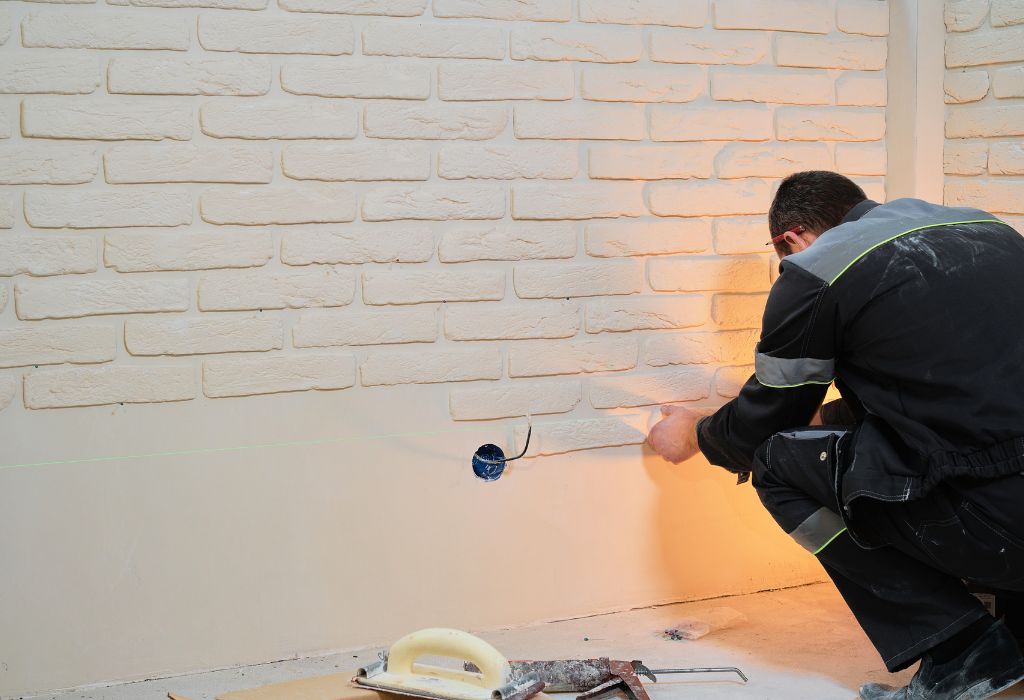
One of the biggest mistakes is relying solely on electronic stud finders, which are often unreliable with plaster walls.
This results in wasted effort and unnecessary holes.
Another mistake is drilling multiple test holes without a clear plan.
Not only does this damage plaster, but it weakens the overall wall surface.
Homeowners also assume studs will always be spaced at 16 inches, but older homes rarely follow this rule.
This assumption leads to frustration and incorrect placement.
Finally, many people fail to take precautions when drilling, which often causes cracks in plaster.
Masking tape and slow drilling are essential to avoid damage.
Why not trust electronic stud finders?
Because plaster and lath often confuse their sensors.
What happens if I drill randomly?
You risk damaging the plaster unnecessarily.
Are studs always 16 inches apart?
Not in older homes, spacing is often inconsistent.
Can plaster crack easily?
Yes, especially if drilled without preparation.
Do I need to worry about wires?
Yes, always be cautious of hidden electrical wiring.
Best Practices for Drilling Into Plaster Walls
Before drilling, apply masking tape over the chosen spot to help prevent chips and cracks around the hole.
This small step makes a big difference in keeping the wall intact.
Always begin with a small pilot hole rather than a large one.
This helps confirm the presence of a stud without unnecessary damage.
Use a slow and steady drilling pace.
Rushing increases the risk of cracks spreading across the plaster.
Masonry or carbide-tipped drill bits should always be used.
Plaster is denser than drywall and quickly wears out standard bits.
Do I need special drill bits?
Yes, masonry or carbide-tipped bits are ideal for plaster.
Why use masking tape?
It reduces cracking and chipping around the hole.
Should I drill fast or slow?
Slow drilling prevents wall damage.
How deep should I drill?
Just deep enough to hit the stud.
Do I need wall anchors?
Yes, when attaching items to lath instead of studs.
Professional Tips for Success
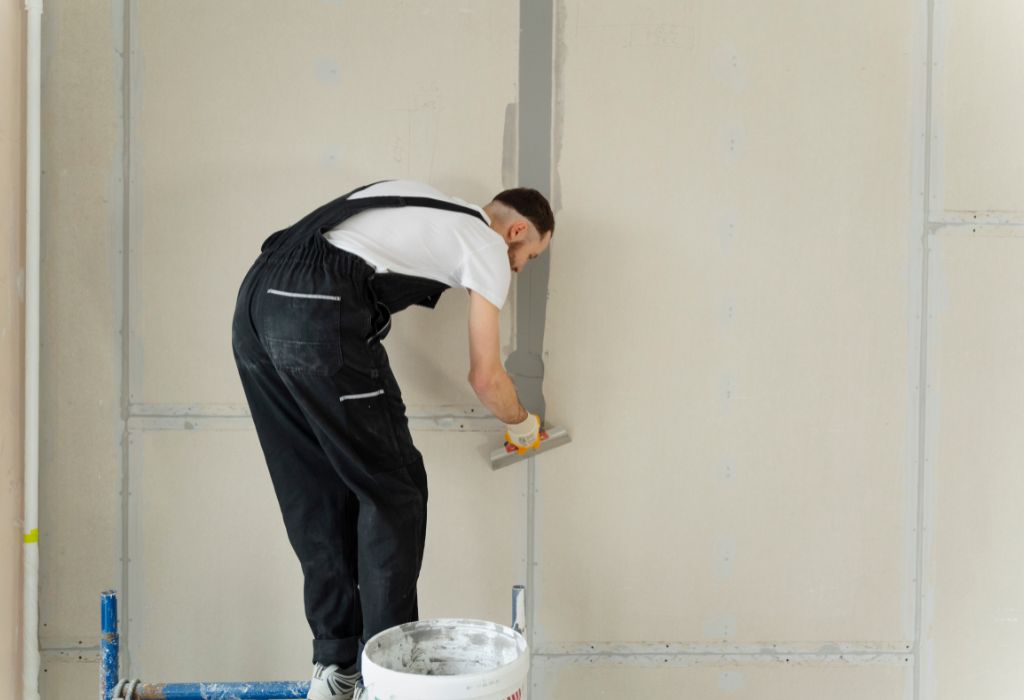
Professionals always confirm stud placement using at least two different methods before drilling.
This reduces the chance of error and avoids unnecessary damage.
They mark stud centers with pencils or chalk for consistency.
This makes future installations easier and more accurate.
A level is used to align multiple fasteners.
Straight lines ensure shelves and mounts are even.
Planning installations around outlets can save time.
Outlets usually indicate where studs are placed and also help avoid electrical hazards.
Should I confirm with two methods?
Yes, it greatly improves accuracy.
Do I need a level?
Yes, for straight and precise alignment.
Why plan around outlets?
Because they indicate stud placement and prevent hitting wires.
When to hire a pro?
For heavy items or complex installations.
Can pros find studs faster?
Yes, thanks to experience and advanced tools.
Future of Stud Finding in Old Homes
Modern stud finders designed for plaster are already becoming available.
They are much more accurate at reading through dense walls.
AI-powered scanning tools are being developed to reduce false signals.
These tools combine sensors and smart algorithms for better results.
Infrared and smart sensors will likely improve even further.
Future versions may connect directly to smartphones for live mapping.
Homes of the future may come with digital blueprints.
This would make locating studs as easy as checking an app.
Are smart stud finders reliable?
Yes, new models are improving greatly.
Will sensors get more accurate?
Yes, advances in technology make them more reliable.
Can AI help find studs?
Yes, AI tools are already being tested.
Will this be expensive?
Costs are expected to drop as technology spreads.
Will old homes always be tricky?
Yes, but new tools make it far easier than before.
Conclusion
Finding studs in plaster walls may seem daunting, but with the right knowledge and tools it becomes manageable.
Taking the time to locate studs properly ensures safety and prevents costly wall damage.
Magnetic finders, outlet checks, and careful measurements are reliable everyday methods.
Advanced tools like borescopes and infrared scanners provide extra accuracy when needed.
Avoiding mistakes like random drilling or over-reliance on electronic stud finders is key.
Simple precautions like masking tape and slow drilling protect plaster surfaces.
By combining techniques and using patience, you can securely mount even the heaviest items.
With careful planning and modern tools, old plaster walls can easily support your projects.

I’m Michael R. Turner, the founder, lead writer, and passionate DIY enthusiast behind 101diytools.com. With years of hands-on experience in home improvement and power tools, I built this platform to share practical tips, in-depth guides, and honest reviews to help DIYers of all skill levels tackle projects with confidence and the right tools.

